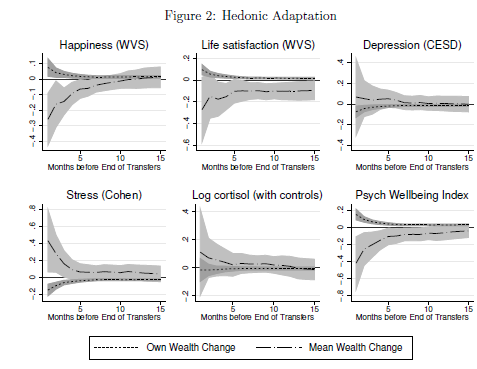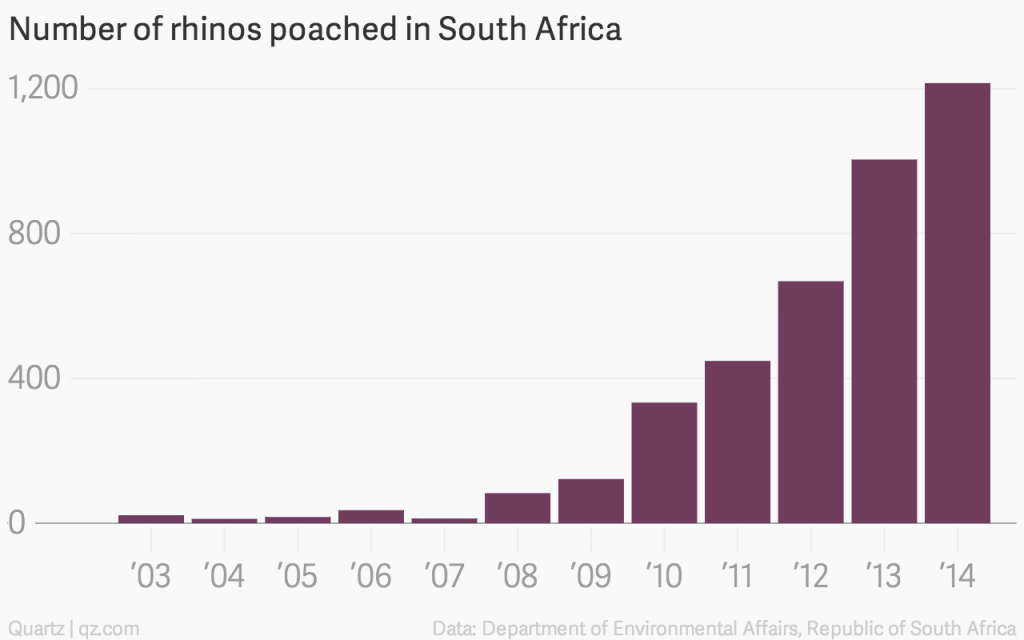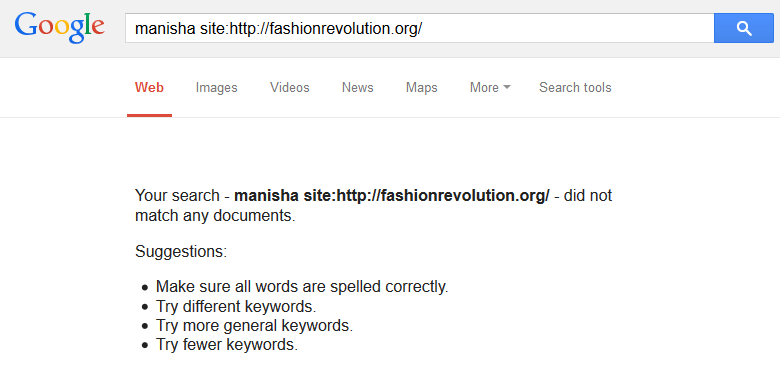My friend and coauthor Lasse Brune sent me FSD Kenya‘s report on the Kenya Financial Diaries project. Much of the report, authored by Julie Zollman, confirms that what we already knew to be true for South Africa’s poor (based on the excellent book Portfolios of the Poor) also holds for low-income people in Kenya. I was struck, however, Zollman’s description of the stark consequences Kenyans face if they are unable to access financial markets:
We observed important delays – in some cases resulting in death – from respondents’ inability to finance emergency health spending. In some cases, the financial barriers were substantial – above KSh 20,000 – but in many cases, important delays in treating things like malaria and other infections stemmed from only very small financial barriers, below KSh 500.
500 shillings is just under five US dollars at market exchange rates. Even in the context of the financial lives of the study’s respondents, this seems to be an entirely manageable sum. For the average respondent 500 shillings is less than a third of monthly per-person income. FSD’s poorest respondents, who earn 221 shillings a month, should still be able to afford this cost over the course of a year; it represents 19% of their total budget. That is an amount they should be able to borrow and pay back, or possibly even to save up. Certainly this would be achievable in the developed world.
However, Kenya’s poor are desperately liquidity-constrained:
[E]ven if household income and consumption were steady from month to month, families could still be vulnerable if they could not increase spending to accommodate new and lumpy needs. A quarter of all households experienced actual hunger during the study and 9% of them experienced it during at least three interview intervals. Thirty-eight per cent went without a doctor or medicine when needed and 11% of households experienced this across three or more interview intervals.
Some of my own work (cowritten with Lasse) contributes to an extensive literature that documents the economic costs of liquidity constraints in Africa. These are important, but we should bear in mind that an inability to access credit or savings can also literally be the difference between life and death.



